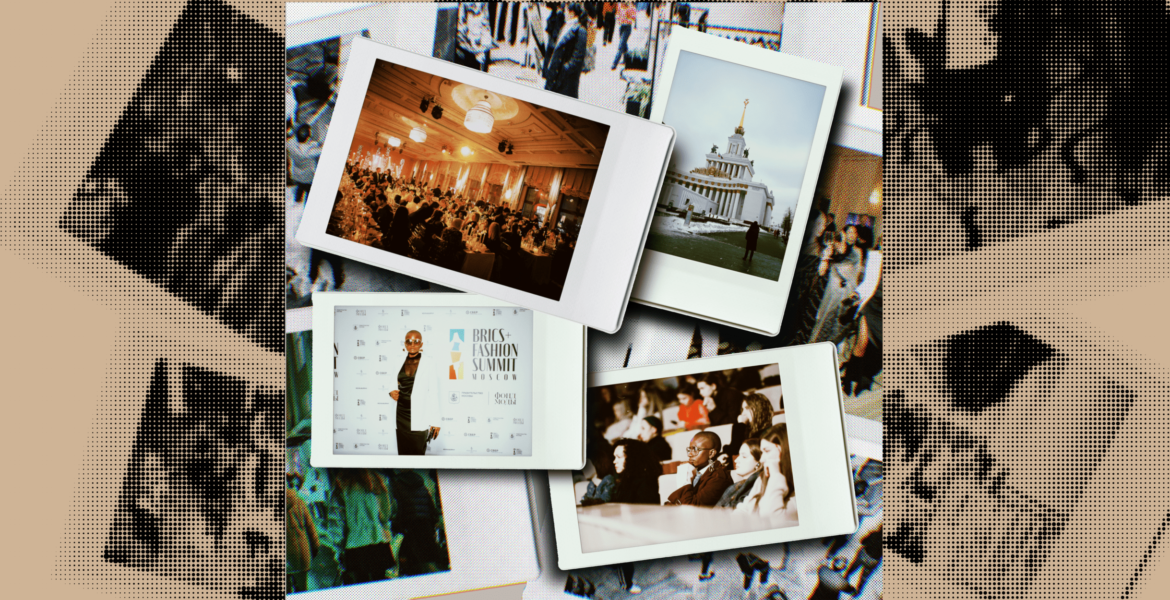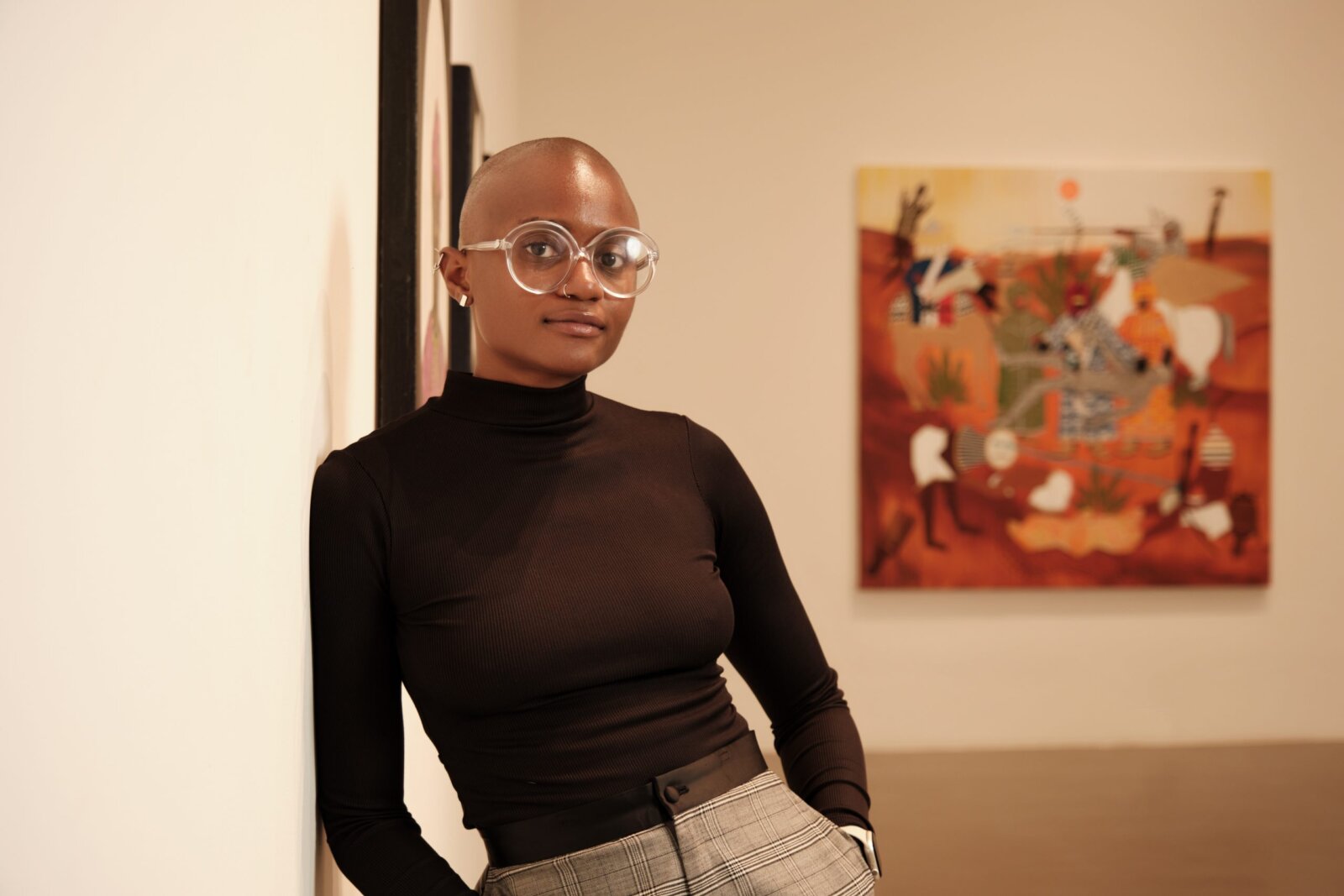When I received the invite to the BRICS+ Fashion Summit, I was initially curious, having little knowledge about BRICS+. A quick online search revealed its importance: the 2023 Summit in Johannesburg marked the expansion of this economic bloc, now encompassing six countries focused on trade and development.
Goldman Sachs chief economist Jim O’Neill coined the acronym ‘BRIC’ in 2001 as a nod to the growth potential of Brazil, Russia, India and China. It became an informal club in 2009 and expanded to include South Africa in 2010, when the group became known as BRICS. In August 2023, it welcomed Argentina, Egypt, Ethiopia, Iran, Saudi Arabia and the UAE to the group.
This wasn’t just any event; it was a significant opportunity for fashion industry leaders from BRICS+ nations to engage and collaborate. Revisiting the invitation filled me with surging excitement as I anticipated the groundbreaking possibilities of this summit.
Off to Moscow
I arrived in Moscow on the 27th of November for the BRICS+ Fashion Summit. As the summit management team welcomed a small party of us warmly at the Sheremetyevo Moscow Airport, I could feel the excitement as we made introductions to one another and broke into light conversations.
The journey to the city centre was a dazzling welcome to the New Year, with the city’s bright lights casting a warm glow over the streets. After a gruelling 19-hour travel, the seamless check-in at the Four Seasons felt like a comforting hug. It was clear that the summit wasn’t just about business; it also understood the value of comfort, especially considering the packed and intense schedule awaiting us over the next few days.
Settling down post-dinner, I delved into the 4-day program, creating a flexible master sheet for the first day. My focus? Zeroing in on the plenary sessions and dialogues that resonated most with the vibrant tapestry of the African fashion industry. The anticipation of engaging discussions and insightful exchanges was palpable.
Day one: A stage set for fashion, culture and diplomacy
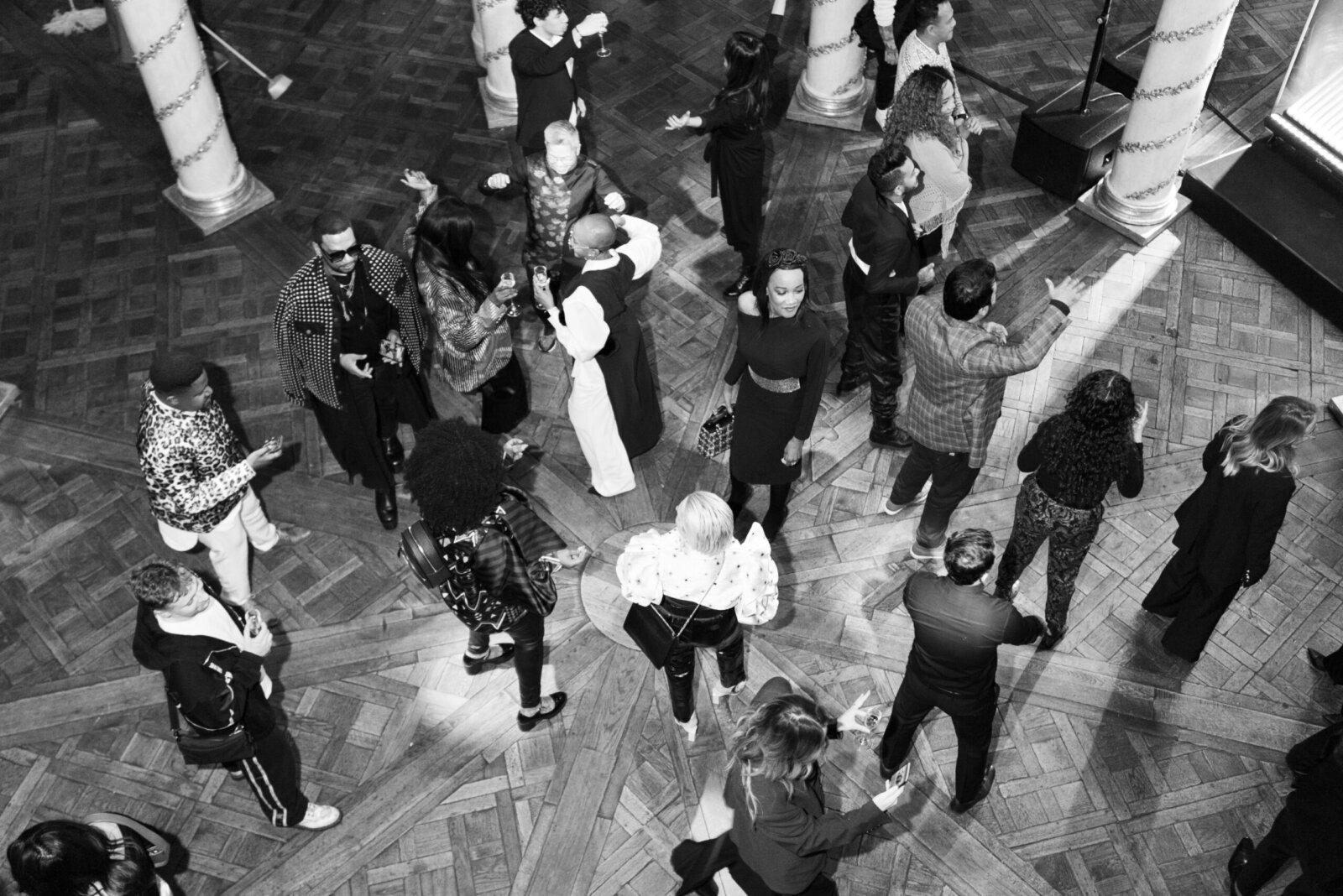
Moscow was a different city during the day, and experiencing the city again on the drive to MKZ Zaryadye Park was impressive. Against a snowy backdrop, the city showcased its Stalinist-style architecture, harmoniously interspersed with buildings painted in soft pastel hues.
With over 200 speakers and 60+ delegates, the summit started on a high note. The event featured concurrent sessions, and activities centred around several key themes: establishing a new fashion ecosystem, preserving originality and indigenous cultural elements, fostering collaborative efforts, and extending reach beyond specialised, niche markets.
The first session I attended was entitled Entering International Marketplaces. Waste of time or an important step in scaling up? This session explored sustainable fashion, promotion of indigenous textiles, brand strategy, target market awareness, and storytelling as tools for local designers to scale globally.
Jay Ishak, the President of the Malaysian Official Designers Association, highlighted the importance of balancing international collaborations and honouring indigenous traditions in fashion design. She pointed out, “Many designers have turned to their cultural heritage and integrated it into modern garments, which is an essential component of authenticity and encouragement.”
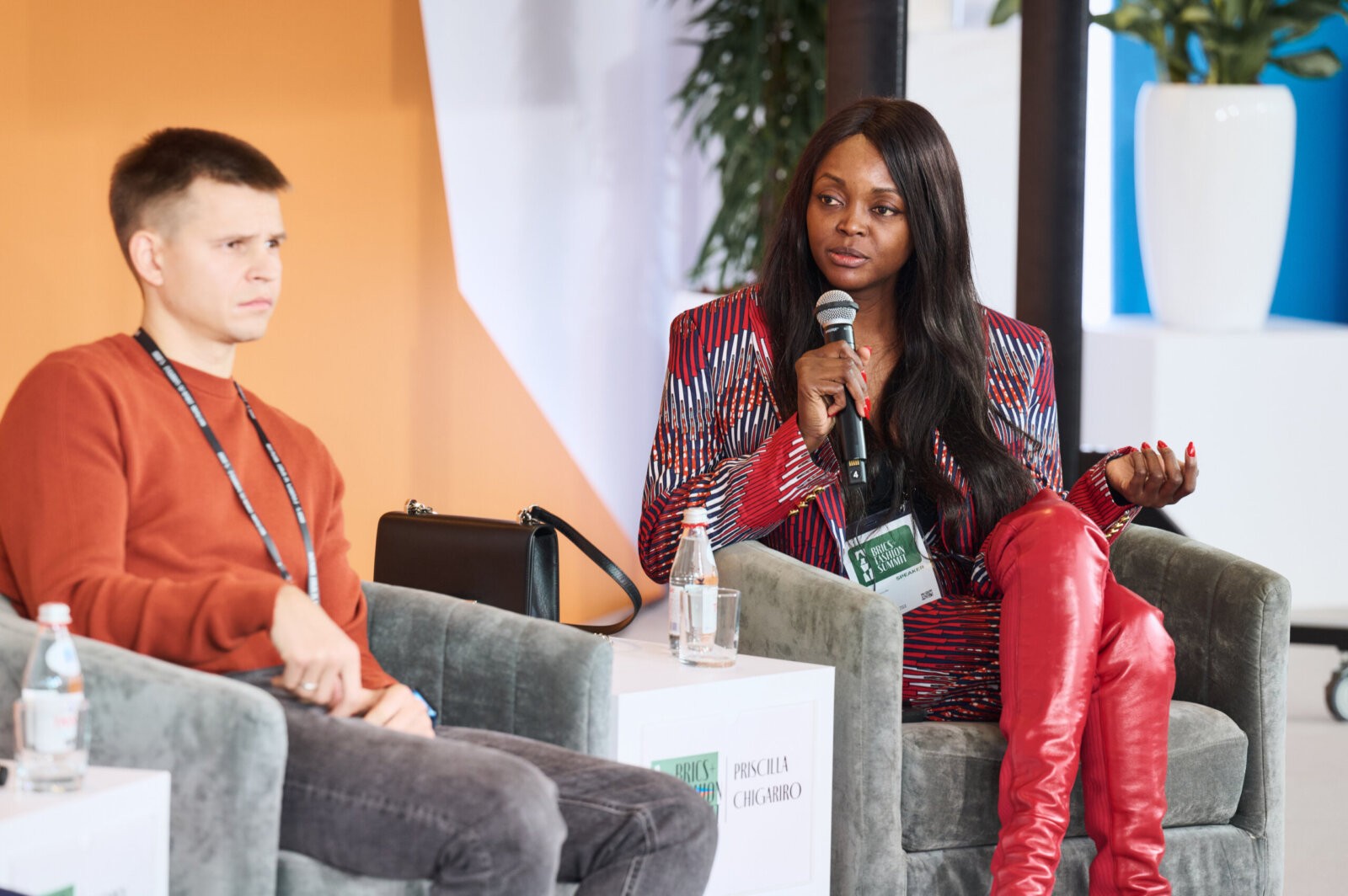
Priscilla Chigariro, Founder of Zimbabwe Fashion Week, offered insights from a niche market perspective. She explained, “Africans are open to quality designs and niche brands because of the economic factors that hinder shopping luxury brands. For instance, street fashion is rising in Africa because it’s an expression of something interesting and unique.”
The opening plenary session in the Grand Hall, aptly titled “Made in BRICS+: National Brands – The Basis of the Single Market,” perfectly set the stage for a discussion on fashion that transcends borders. The session was graced by influential figures, from Alexey Fursin, Minister of the Moscow Government and Head of the Department of Culture of the City of Moscow, to Cem Altan, a board member of the Istanbul Apparel Exporters Association, among others.
This pivotal discussion underscored the vital role of government support in bolstering local fashion industries. Leading by example, Alexey highlighted their strides since Moscow’s inaugural fashion week in 2022. With over a million attendees, they have successfully developed essential industry infrastructure, facilitating the recognition and growth of indigenous communities post-event.
Ornella Muti, the esteemed Italian film actress, producer, and businesswoman, added a touch of glamour and insight to the session. She spoke passionately about the importance of borderless yet authentic fashion. Sharing her personal journey, she recounted discovering the Russian brand Ulyana Sergeenko, thanks to her stylist at the Cannes Film Festival, and how she has remained a loyal patron for the past decade.
As the day’s sessions drew to a close, I hurried to catch the final moments of the opening fashion show featuring the exquisite creations of Argentine-Belgian designer Juan Hernandez Daels. He revealed the collection, inspired by Argentinian cliches and culture, was an ode to the female body. I spoke to Juan at the Showroom, and he was excited about opening the BRICS+ Fashion Show and the opportunity for B2B connections between the countries present.
 The Turnadot restaurant’s opulent palace-like interior and distinct antique furniture provided an enchanting setting. It was alive with laughter, engaging conversations, heartfelt reunions, and opportunities for forging new connections. Indeed, it was an ideal venue for the summit’s opening cocktail event. A welcoming champagne toast, a varied buffet, and an inaugural speech for the summit marked the evening. Highlighted by an impromptu photoshoot with David Tlale and a mesmerising set from Lizzy Wang Music, it became an unforgettable experience.
The Turnadot restaurant’s opulent palace-like interior and distinct antique furniture provided an enchanting setting. It was alive with laughter, engaging conversations, heartfelt reunions, and opportunities for forging new connections. Indeed, it was an ideal venue for the summit’s opening cocktail event. A welcoming champagne toast, a varied buffet, and an inaugural speech for the summit marked the evening. Highlighted by an impromptu photoshoot with David Tlale and a mesmerising set from Lizzy Wang Music, it became an unforgettable experience.
Day two: Building brands, entrepreneurship and fashion on the streets
Awakening to a forecast of -12 degrees and fierce winds hinted at heavy traffic in Moscow. Honestly, the challenging weather and traffic nearly threw off my carefully planned schedule for the day. With a focus on entrepreneurship, the second day of the summit promised insightful conversations for industry professionals in emerging economies. Despite the obstacles, I was resolute in maximising my attendance at as many sessions as possible.

In my first session of the day, ‘Growth Hormone: How to Become a Fast-Growing Brand,’ dynamic speakers Shirene Rifai and David Tlale illuminated perspectives from distinctive markets such as Africa and the Middle East. This dialogue seamlessly continued from the first day’s discussions, focusing on how brands can expand their businesses by deeply understanding entrepreneurship. For African fashion brands, entrepreneurship is a well-trodden path, one they have navigated with notable success despite limited government backing in the fashion sector.
South African designer David Tlale gave insight into his journey of 20 years building a globally successful eponymous brand. David started his fashion brand in 2003 and emphasised the importance of business acumen in developing a successful brand. “Four to five years later (after starting David Tlale), I had to understand I am not only an artist or only a designer…Being a business person plays a major role in making art-to-wear to ready-to-wear so that it translates to cash because basic things like overhead, employment, brand building are key factors that come into play.”

Speaking to the uniqueness of growing a sustainable brand in the African market, David emphasises the need to understand the vision and mission of fashion brands, especially with the diversification of a global target audience. “As a continent, we are growing and gaining visibility. We take pride in our heritage and traditions and how we modernise it to become a global brand. We are changing the narrative of African fashion to fashion made-in-Africa, just as we describe fashion made anywhere else in the world.”
Shirene Rifai, with over 16 years of experience in market entry for brands like Caroline Herrera and Burberry in the Middle Eastern market, shared invaluable insights. As the Founder of Jordan Fashion Week, she emphasised the power of strategies encompassing storytelling, innovation, and data-driven decision-making. She said, ‘Today, brands can’t do without storytelling because it creates an emotional connection between the customer and your brand.”
Hearing from these speakers, it became clear that a crucial element for growth is the current global nature of society – an industry that transcends borders. Shirene underscored this: “For design houses, global expansion isn’t just an option; it’s a strategy. With social media, geographical boundaries are dissolving, making the world increasingly interconnected and borderless.”
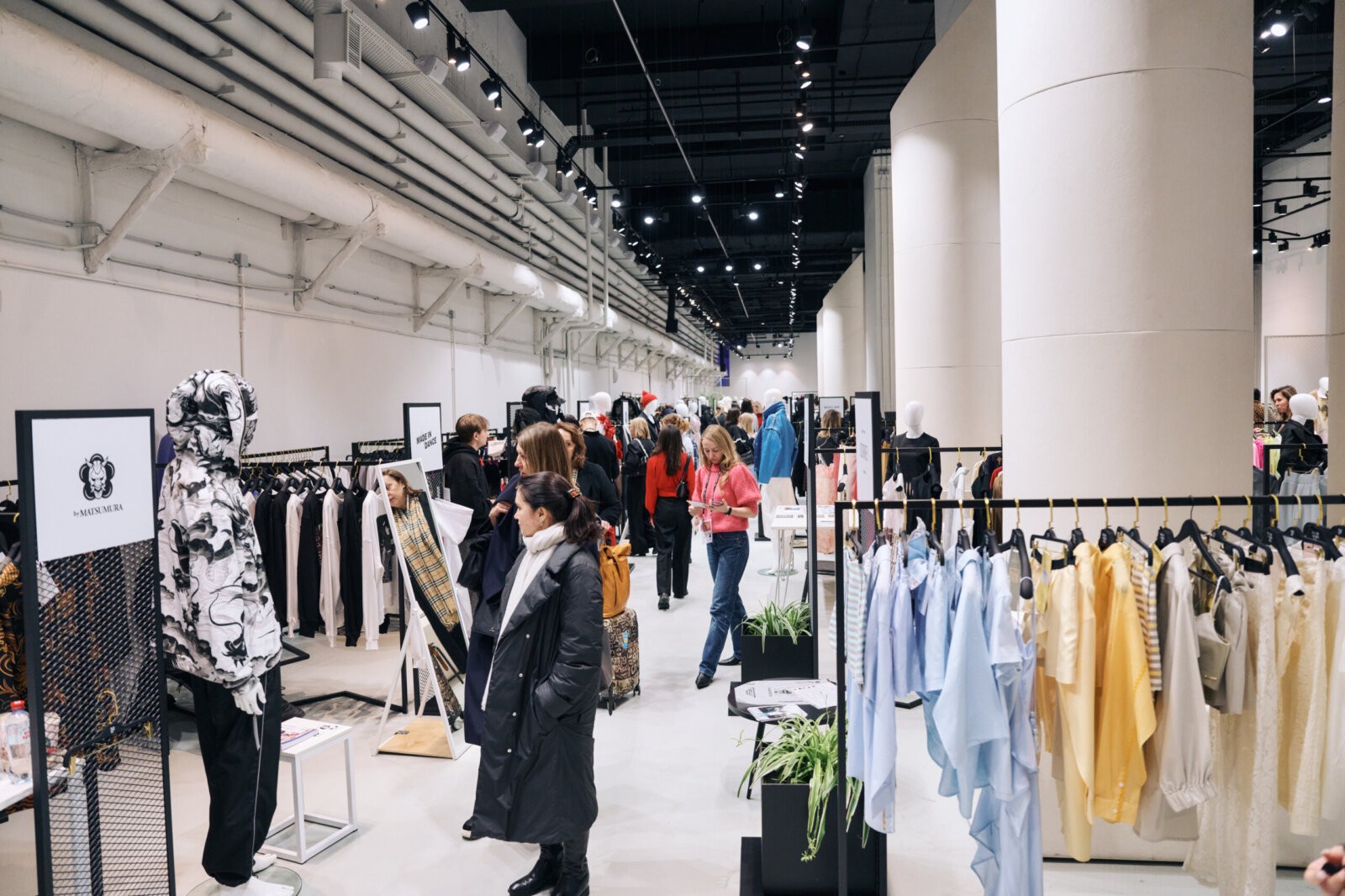
Following the session, I briefly stopped by the B2B Showroom for an overview of the more than 120 designers featured in the showcase. My first impression was the diverse display collections, with vibrant and unique fabrics, patterns and designs representing key cultures at the summit. As diverse as it was, I had hoped to see more West African designers at the showcase.
Choosing to walk to the restaurant for lunch, I wanted to immerse myself in the city’s vibes, especially after realising our main destinations were clustered around MKZ Zaryadye Park. En route, I made a quick side trip to the floating bridge adjacent to the park. There, I was greeted by lively scenes of children on school trips and tourist guides, all contributing to the dynamic ambience at the base of the bridge.
At the restaurant, I sat down with some designers like Juan, battling jet lag from over 20 hours of travel and showcasing on day one, and Ethiopian designer Kunjina, excited about showing her collection the next day. The rest of the day was a cultural experience, walking back to the hotel with a small group of adventurous women and experiencing the Christmas carnival spirit at the Red Square.
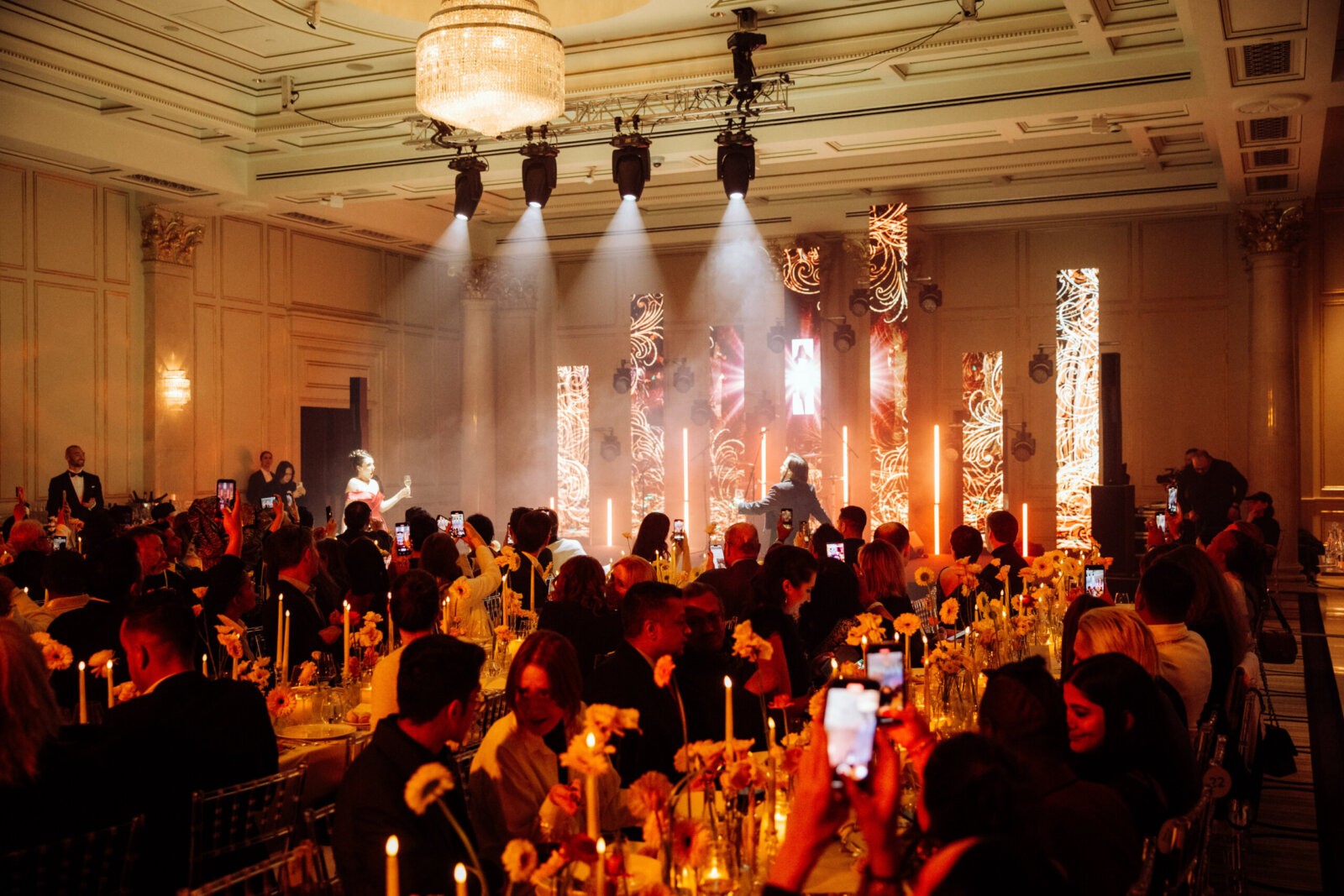
The evening’s finale, The Fashion Night Special, was a standout event in conjunction with the summit. Set in the lavish fashion district of Moscow, it featured a street fashion show that was a feast for the eyes. The dynamic and layered designs provided the warmth needed to embrace the chilly night. The venue, Patriarshiye Prudy, also known as The Patriarch’s Ponds, is renowned for its upscale fashion boutiques, exquisite restaurants, and chic bars filling every building. We capped off the night with a relaxing drink at Margarita, soaking in the day’s experiences.
Day three: AI, Africa and a gala for the books
 I had a bright and early start on day three. The quick walkthrough of the B2B Showroom yesterday had me yearning for more, and the business program conversations themed on the use of technology had an exciting lineup that piqued my interest. So balance was my watchword.
I had a bright and early start on day three. The quick walkthrough of the B2B Showroom yesterday had me yearning for more, and the business program conversations themed on the use of technology had an exciting lineup that piqued my interest. So balance was my watchword.
During the previous day’s final session, key speakers, including Alia Khan, Shirene Rifai, and David Tlale, discussed AI in the fashion industry. They focused on using technology to augment brand growth and streamline processes rather than replacing fashion professionals’ unique skills and creativity. The consensus in the “Jobs for AI” session echoed this sentiment, viewing AI as a tool to enhance, not replace, human talent and jobs in the fashion sector.
Nikita Khudov, Executive Director at Sber AI, shared, “Artificial Intelligence is not about replacing people, but helping them.”
Integrating technology into the fashion sector involves more than just its technical uses; it includes understanding the extensive effects and implications of employing it in the fashion realm. At the same time, Amir Sarakov, Vice President of SuperJob, highlighted the prevalent concerns among Russians about AI potentially replacing human jobs.
The following session, titled ‘Street-style: Reflecting Identity or Losing Authenticity?’, examined the impact of social media on the evolution of local street fashion, including its role in shaping trends and influencing industry progress.
With the growing popularity of social media, street style has become an element of mass culture and has gained influence. They split the healthy debate in this session between the organic manifestation and the strategic influence of street style based on data analysis.
Anton Gorbashov, Head of Sportswear at Lamoda, shared, “It is street style, but there are luxury brands that set the stone, and sportswear brands that create trends and fast fashion brands that accelerate the process that goes into a melting pot with local trends and influencers.”
Alexey Bazhenov, founder of the Beinopen Fashion Development Institute, stated, “Fashion is always about globalisation. The ecosystem sees designers push pieces into the world, and consumers continue tweaking, fine-tuning the pieces through their unique street styles.”
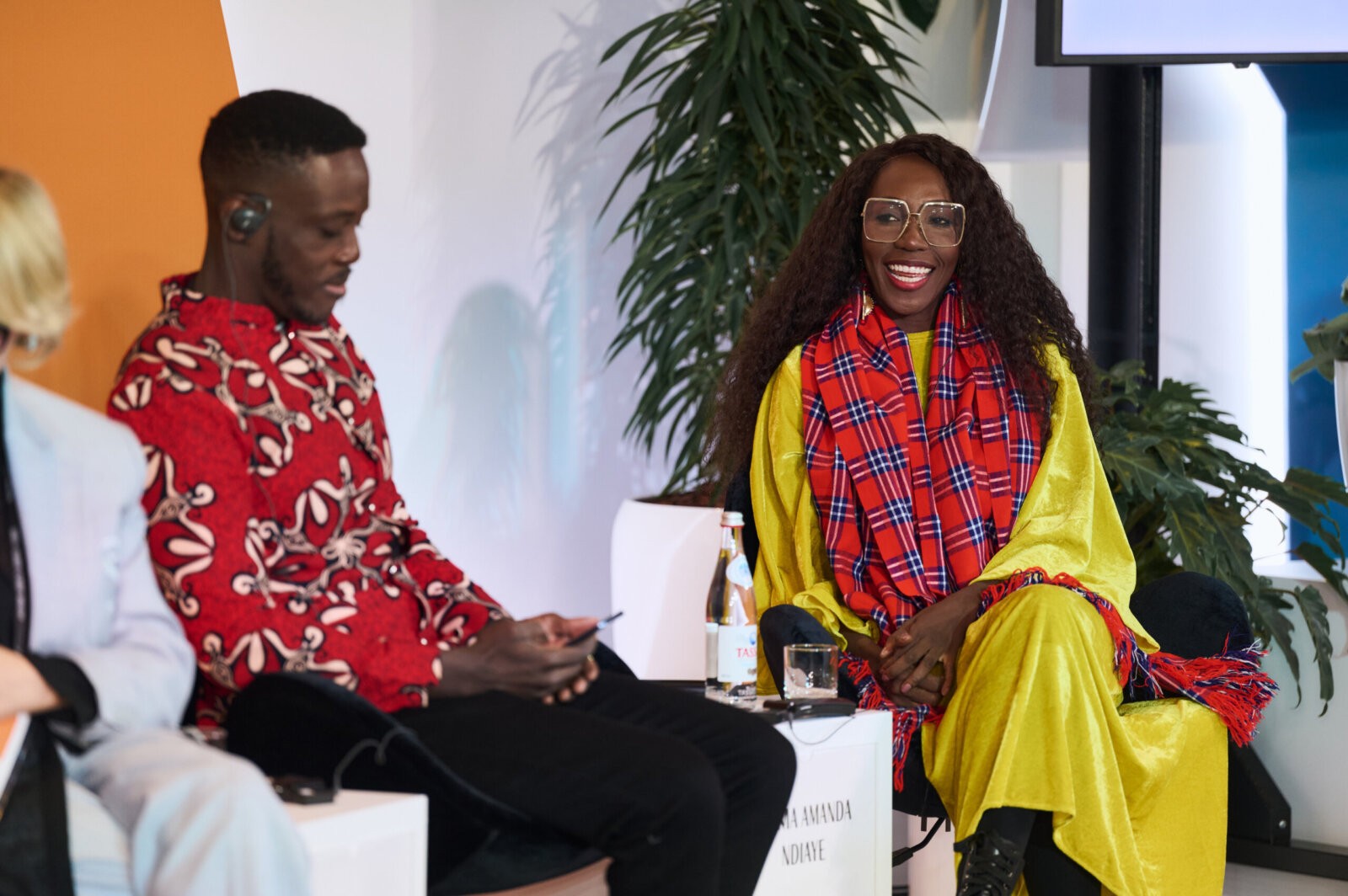
For Adama Ndiaye, founder of Dakar Fashion Week and African Fashion Council, living in cities like Dakar and Senegal gives a unique outlook, “street style is according to where you live, your culture, the way you consume fashion, the way you want to express your culture in terms of your city.” For her, “‘street style trends aren’t really trends because people (in Senegal) don’t try to all look the same.”
Nana Tamakloe, Managing Director of Accra Fashion Week, echoes Anton’s views on the impact of global brands on street style, emphasising the necessity for local designers to stand out through distinctive storytelling and purposeful branding. She advises, “Focus on promoting the brand, not just the clothing. Street style has evolved into a complex ecosystem involving influencers, photographers, and the media, all shaping the culture. Emerging brands must concentrate on quality, originality, and brand promotion. While there’s significant business strategy involved, equal importance should be given to maintaining the brand’s unique DNA.”
Reflecting on the recently concluded Lagos Fashion Week, I found myself in alignment with Adama regarding the distinctiveness of street style in African fashion. I am now intrigued to witness how fashion brands on the continent can apply the strategies Nana discussed to influence culture.
My visit to the B2B Showroom proved to be a more engaging experience. I was particularly captivated by brands like Kente Gentleman from Ivory Coast, renowned for their strikingly tailored pieces in bold, vibrant colours and their use of hand-tie-dyed organic cotton fabrics. Ivana Mici of Batakovic from Serbia also stood out with her unique approach to blending feminine designs with elements of menswear tailoring. Ibrahim Shebani, the animated Creative Director of Born in Exile, also shared his fascinating insights, drawing inspiration from Libyan culture. He uniquely incorporates aspects beyond traditional motifs, reflecting contemporary influences from film, music, and politics.
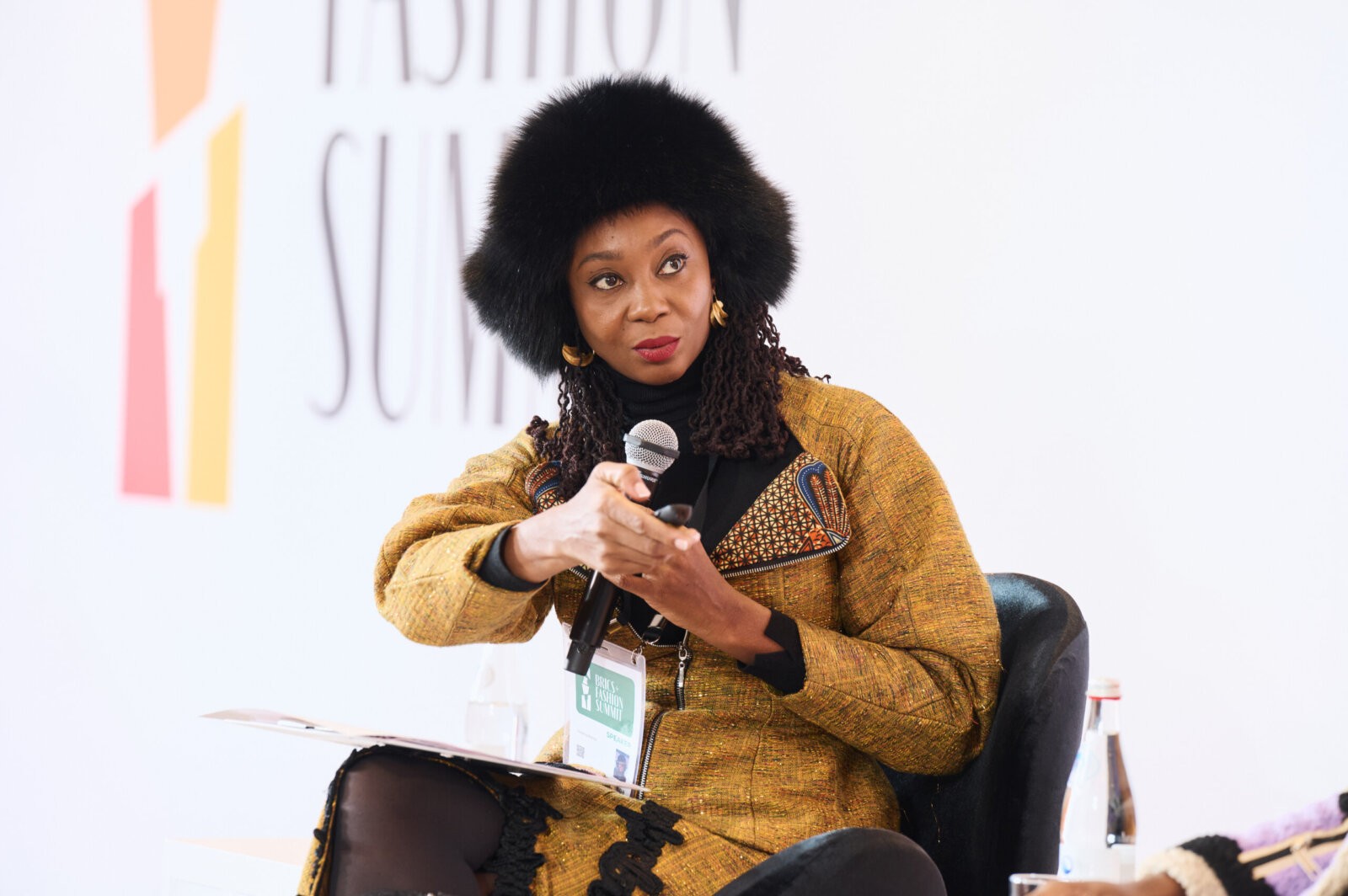
In my last pitch of the day, The Reverse Africa pitch, two distinguished panellists, Makeba Boateng, the founder of Fashion Forum Africa, and Nana Brenu, the Brand Manager of NATIV and representative of Afro Fashion Association, shared their expertise. They provided valuable insights into the West African market, offering guidance for companies and brands seeking to broaden their presence in the African market.
Makeba’s analysis of Ghana’s fashion market underscored its vast investment potential, aligning with McKinsey Global’s report, which predicts significant population growth in Africa by 2050, indicating immense market opportunities. However, infrastructure and talent development challenges persist in Africa’s fashion industry. Despite these hurdles, successful brands like Christie Brown GH exemplify that overcoming these barriers is possible. Ghanaian designers are primarily motivated to expand internationally to tap into new consumer segments and diversify and penetrate new markets, thereby enhancing revenue and growth prospects.
Anchoring on market research, collaborations and empowerment, Nana shared essential factors for brands looking to be successful on the African continent. “Collaborate with local brands that operate in the same market segment. Use local feedstock and materials to avoid high tax rates. You can get support from the state to invest in our raw materials. Brands need to invest in local infrastructure since some of their aspects in Africa can’t yet match the global standards.” Emphasising the difference in the market, Nana advises, “work with local content makers to create an image and for advertisement since the content you do in the West won’t do in the local market–just because our cultural practices are so very different.
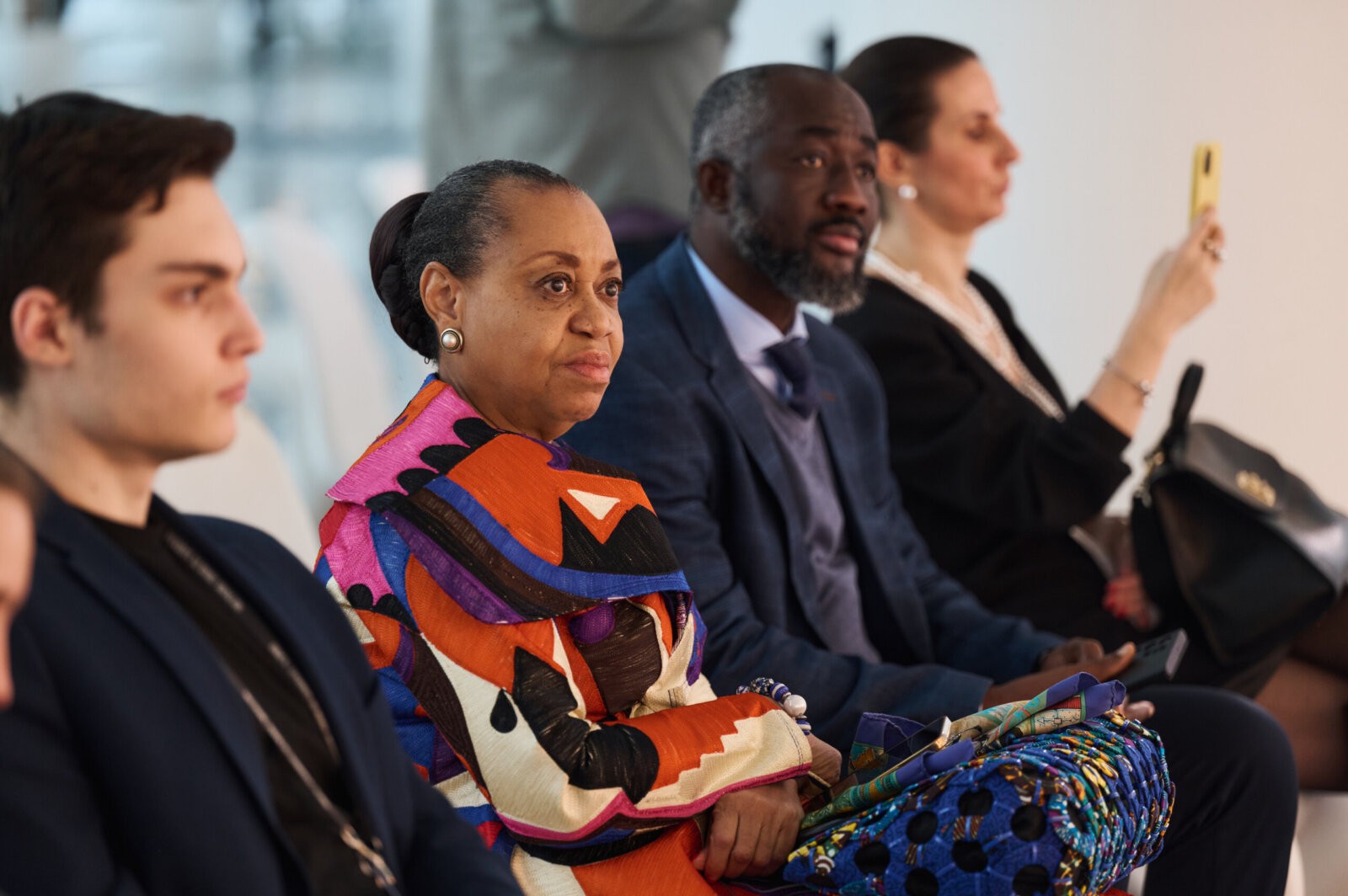
The session’s standout moment for me was the endorsement and insightful comments from the Ghanaian ambassador to Russia, H.E Oheneba Dr. Lesley Akyaa Opoku-Ware. Her support emphasised the importance of increased participation by key industry players in initiatives such as the summit.
The summit concluded with an impressive fashion showcase by Ethiopian designer Kunjina Tesfaye, who presented a collection inspired by the modern woman, highlighting her expertise with asymmetric cuts in pastel shades. The evening wrapped up with a gala featuring performances by Bolshoi Theatre’s lead singers, a delightful three-course meal, a classical rock performance, and a DJ set that had the audience enthusiastically calling for an ‘encore’.
Day four: Around Russia in 90 minutes
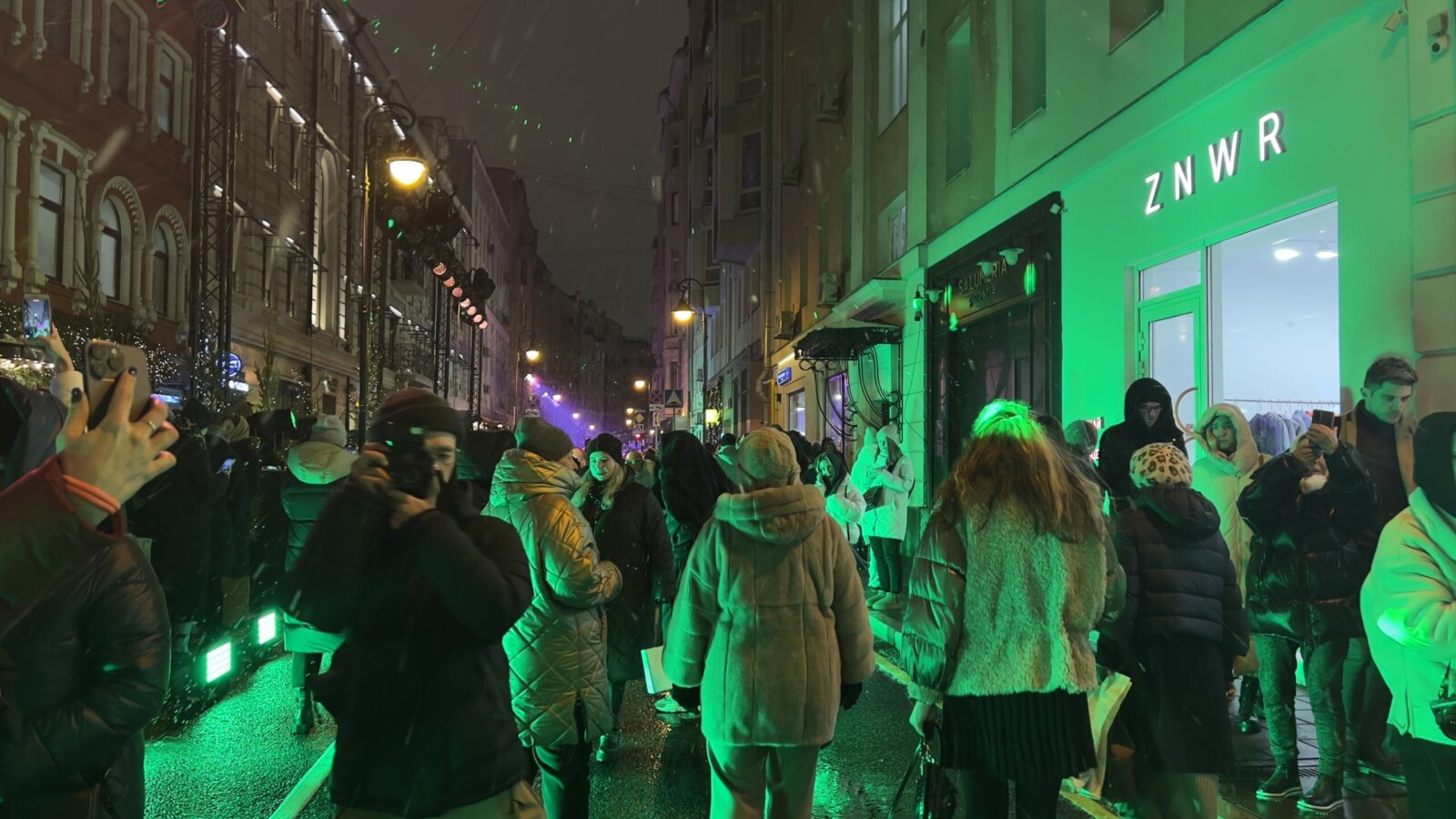
Stepping away from the summit session, I dedicated the day to exploring VDNKh, or the All-Russia Exhibition Center, immersing myself in the essence of Russia within 90 minutes. Our animated tour guide started our tour through a walkway of over 20 Christmas trees, each designed with unique elements to the region. As we walked from the cold region of Kolyuchin, notable for its polar bears, to the warm region of Yashkul, where they embrace the year-round heat, it was fascinating to note how distinct all 98 regions are. The fact that the country has ten different time zones ran the message home – Russia is a melting pot of cultures.
Elevated with technology, our tour through the exhibition centres dedicated to the different Russian provinces became experiential. A quick stop by Stavropol Krai for its mineral waters and a growing queue to experience the Northern lights of Murmansk reiterated why the centre has had over 2 million visitors. The highlight of this excursion was the curated selection of avant-garde designs by legendary Russian designer Valentine Hudasha. Inspired by his Russian heritage, his designs reflect innovative use of fabrics, creating visually striking and luxurious garments. The level of attention to detail and superior craftsmanship contribute to the high-quality finish of the design. I recall having a Hunger Games moment walking through the collection.
Set in one of Moscow’s historic sites, the Pashkov House was the perfect architectural backdrop to close my time at the BRICS+ Fashion Summit. Exemplifying fluidity in his designs, David presented his collection with a seamless transition, progressing from vibrant hues to his iconic signature black palette. The balance of intricate cuts, astounding proportions and animated prints were a testament to his expertise as a designer.
Sustaining industries through infrastructure
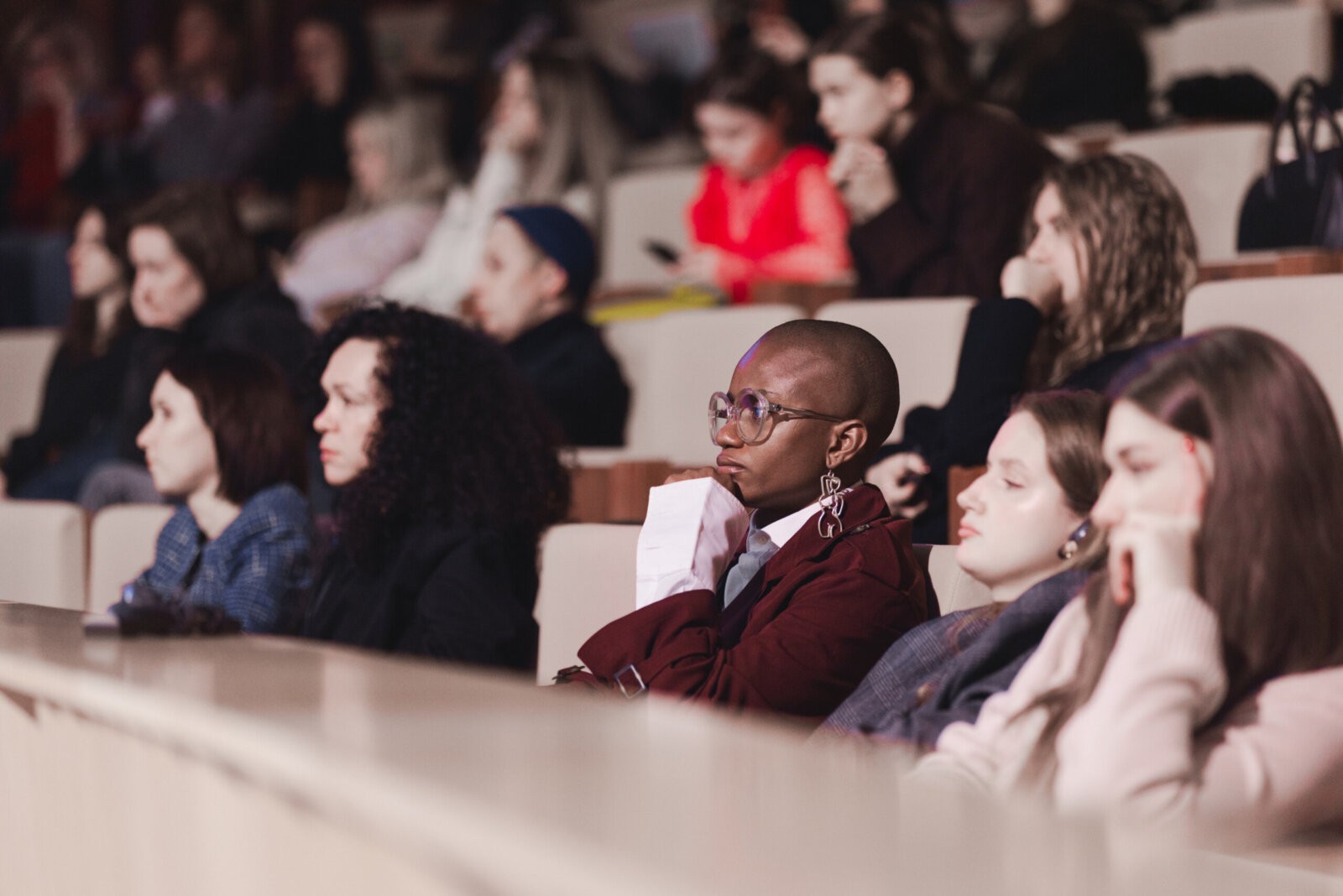
On my journey home, I deeply reflected on the impactful four days I spent at the summit. The BRICS+ countries make up 40% of the world’s gross output product, which speaks to the undermined economic potential of the bloc. In all the conversations, there was an endearment to authenticity as a tool to preserve cultural values, the inspiration of sustainable practices in design and business to ensure mindful consumption of fashion and a platform of collaboration and business opportunities. These values align with the vision of the Marie Claire brand of empowerment, sustainability, and education.
One thing that stayed with me throughout the summit was the involvement of the Russian government in the summit. The attention to detail that sustains industries can only be provided by infrastructure. Gulnara Agamova, CEO of the Creative Industries Agency, echoes as much when she shared the study to figure out the crafts of Russia. ‘‘We found 63 thousand specimens of different goods. Our heritage is immensely rich. The question is how to integrate this cultural code here and now. With it, we will convey our meanings, values and priorities to the world.’

